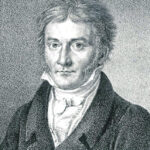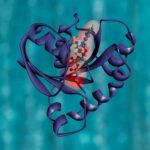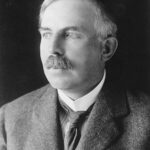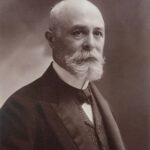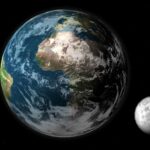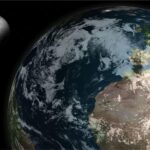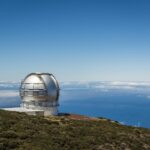
Objetivos:
Terminada la lección podrás:
- Explicar los conceptos fundamentales de la microgravedad.
Introducción
La Microgravedad se refiere a un entorno donde la fuerza de la gravedad es significativamente menor que la que experimentamos en la superficie de la Tierra. A menudo se utiliza indistintamente con “gravedad cero” o “ingravidez”, pero técnicamente no son lo mismo.
Aquí te explico los puntos clave sobre la microgravedad:
No es ausencia total de gravedad:
Aunque se sienta como si no hubiera gravedad, en la mayoría de los casos de microgravedad, como en la órbita terrestre baja donde se encuentra la Estación Espacial Internacional (EEI), la gravedad de la Tierra sigue siendo considerable (alrededor del 90% de la gravedad en la superficie).
Sensación de ingravidez debido a la caída libre:
La sensación de ingravidez en la microgravedad se debe a que los objetos, incluyendo la nave espacial y sus ocupantes, están en un estado de caída libre constante alrededor del cuerpo celeste (como la Tierra). Imagina estar en un ascensor al que se le cortan los cables: tú y todo lo que esté dentro caerían juntos, y tendrían la sensación de flotar unos con respecto a otros. Esto es similar a lo que ocurre en órbita. La nave espacial se mueve hacia adelante a una velocidad que coincide con la curvatura de la Tierra, por lo que está constantemente “cayendo” pero nunca llega a la superficie.
Fuerzas residuales:
El término “micro” en microgravedad también indica que pueden existir fuerzas residuales muy pequeñas, como la resistencia del aire (en las capas más bajas de la órbita), la presión solar, o incluso las pequeñas fuerzas gravitatorias de la propia nave espacial o de los objetos dentro de ella. Estas fuerzas son extremadamente débiles en comparación con la gravedad terrestre en la superficie.
Se mide en “g”:
La microgravedad a menudo se expresa como una fracción de la aceleración debida a la gravedad en la superficie de la Tierra (1g o 9.8 m/s²). Por ejemplo, un entorno de microgravedad podría ser de 10−3g o incluso menor.
En resumen, la microgravedad es un estado de aparente ingravidez que se experimenta cuando un objeto está en caída libre, como una nave espacial en órbita. Aunque la gravedad sigue presente, la sensación es de flotación debido a que todo en el sistema cae junto.
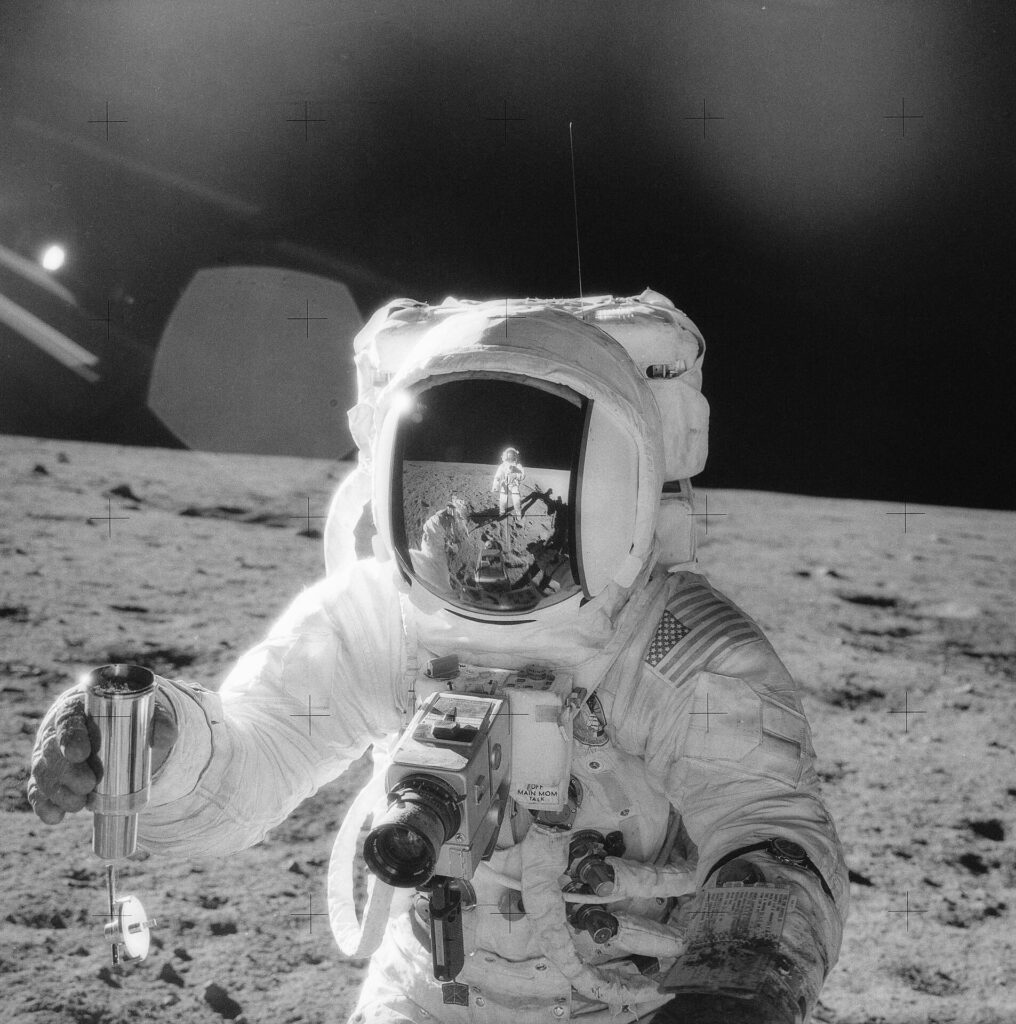
Páginas relacionadas al concepto de gravedad
- Caída libre
- Aceleración en Caída Libre
- El Tiro Vertical y la Caída Libre
- Resistencia del Aire y su Impacto
- La Teoría de la Relatividad General
- El peso como una fuerza
- La gravedad y la relatividad general
- Fuerza Gravitacional y el Peso
- Marco de Referencia y Movimiento
- Aceleración Gravitacional en la Tierra
- Fuerza de gravedad
- Gravedad: Una Fuerza Fundamental
Enlaces externos para explorar
- Conceptos de Física: Hyperphysics
- Libros:
- NASA: Science Explorer Poster Series
- Physical Sciences Resource Center: PSRC
- Simulaciones: PhET
- Tutorial de Física en Inglés: Physics Classroom
- Wikipedia en Español: Wikipedia
Simulación
Vídeo
Movimiento en microgravedad
La Llegada de microgravedad
Páginas recientes
- Carl Friedrich Gauss: Matemática y Física
- La IA Revoluciona la Investigación
- Ernest Rutherford y su Legado
- Antoine Henri Becquerel y la Radiactividad
- La Ocultación en Astronomía
- Escribiendo el Póster de la Investigación
- Presentando la Investigación – Poster
- Movimiento de Traslación en el Universo
- Movimiento de Rotación en el Universo
- Webquest: Explorando el Universo
- Metodo, Procedimiento e Investigación
- Maria Skłodowska-Curie y la Radiactividad
- Investigando el Desplazamiento de Wien
- El Hielo, la Nieve y la Lluvia Helada
- Niels Bohr y la Estructura Atómica
Más páginas para explorar
-
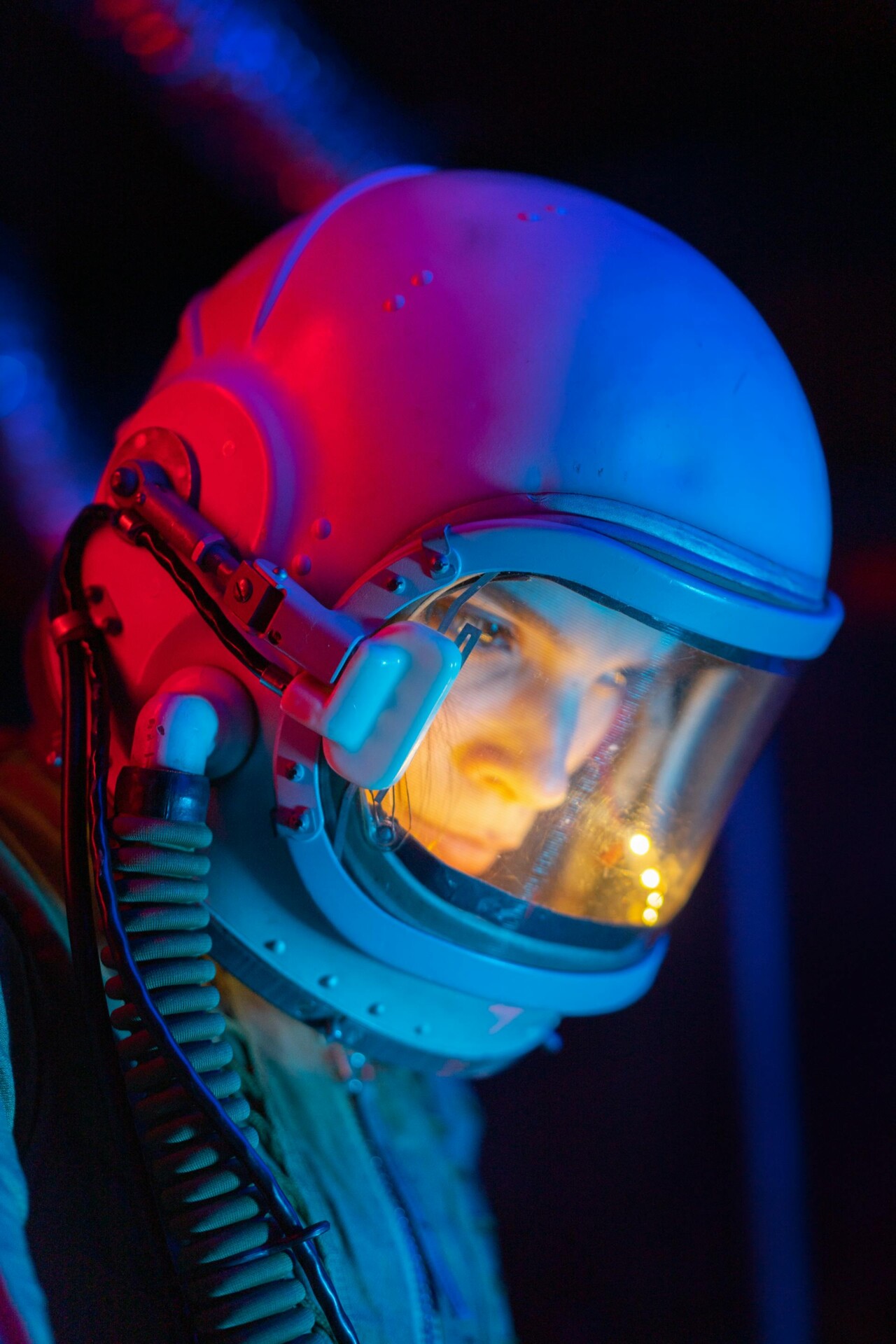
¡Vistiendo para el Espacio!
-

Abstract: Resumen Breve de Investigación
-
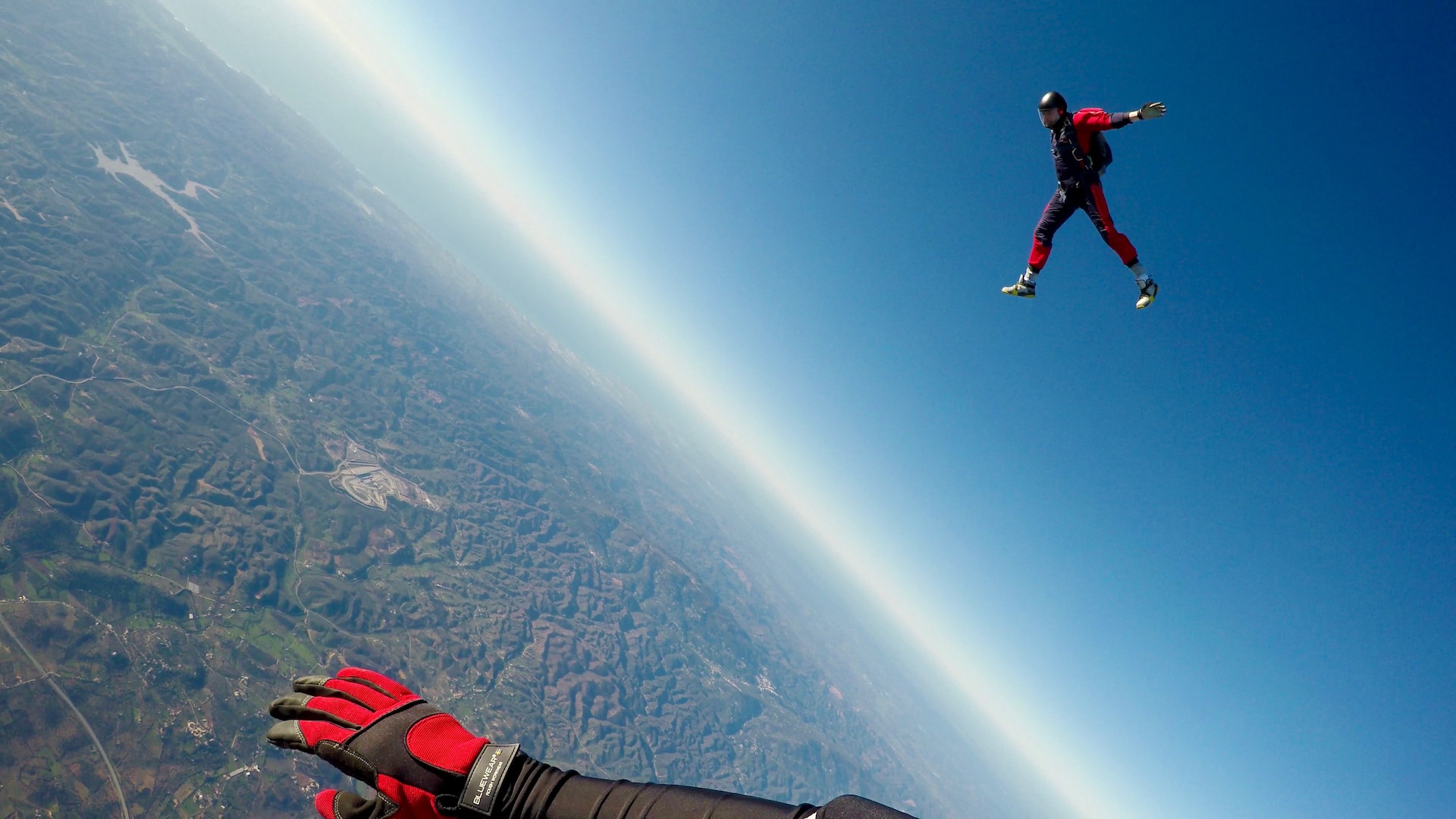
Aceleración en Caída Libre
-

Aceleración Grativacional en Planetas
-

Aceleración Gravitacional en la Tierra
-

Aceleración Lineal y sus Representaciones
-

Aisladores y Conductores
-

Alacena virtual de conversiones
-
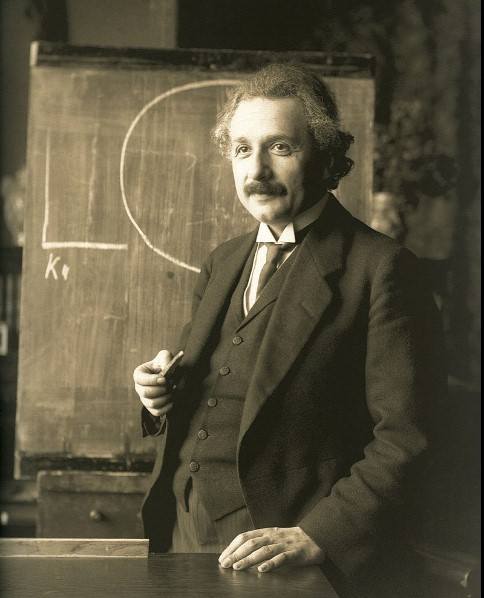
Albert Einstein Historia y Vida
-
Alessandro Volta y la Electricidad
-
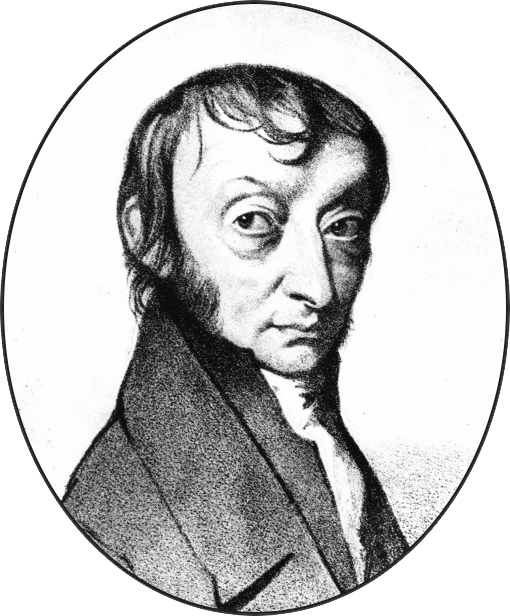
Amedeo Avogadro y su Ley
-
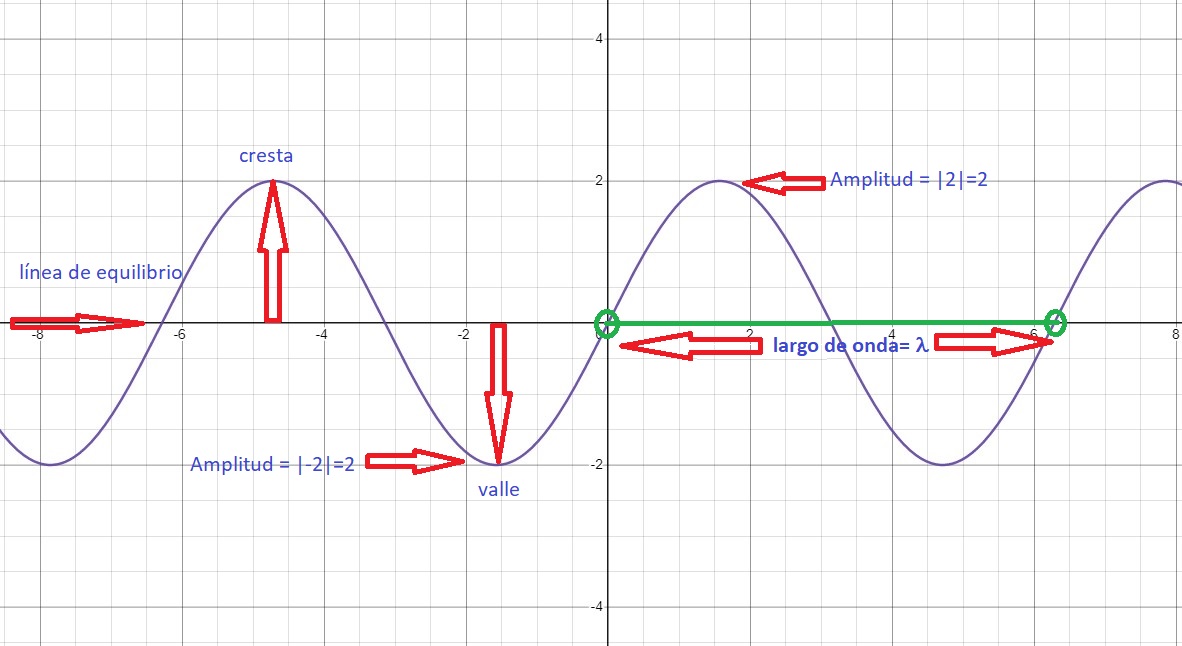
Amplitud, largo de onda y frecuencia
-

Análisis Gráfico del Movimiento
-
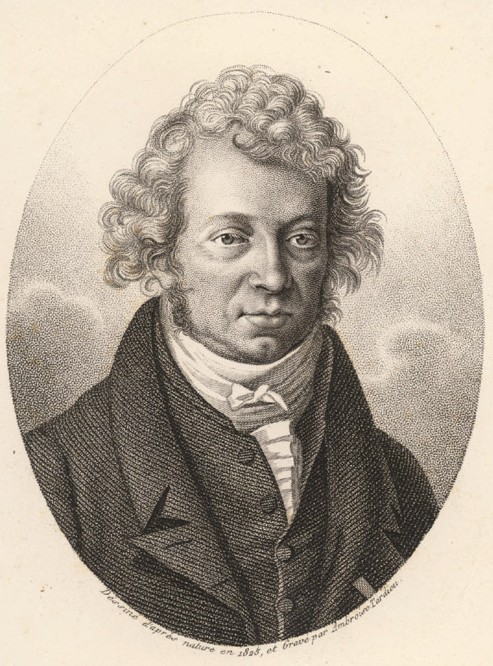
Andrés Ampere y el Electromagnetismo
-

Antoine Henri Becquerel y la Radiactividad
-
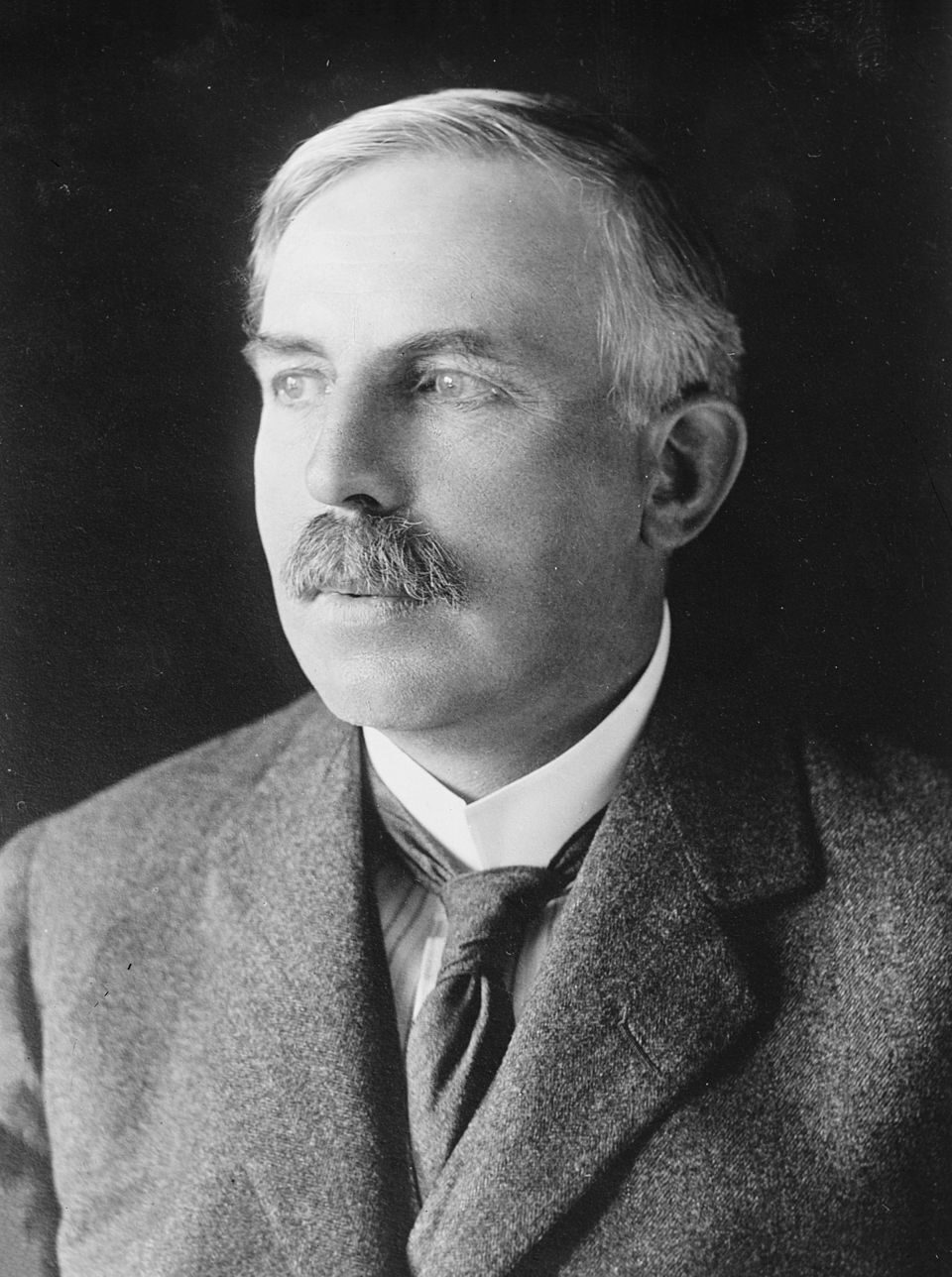
Ernest Rutherford y su Legado
-

Antoine Henri Becquerel y la Radiactividad
-
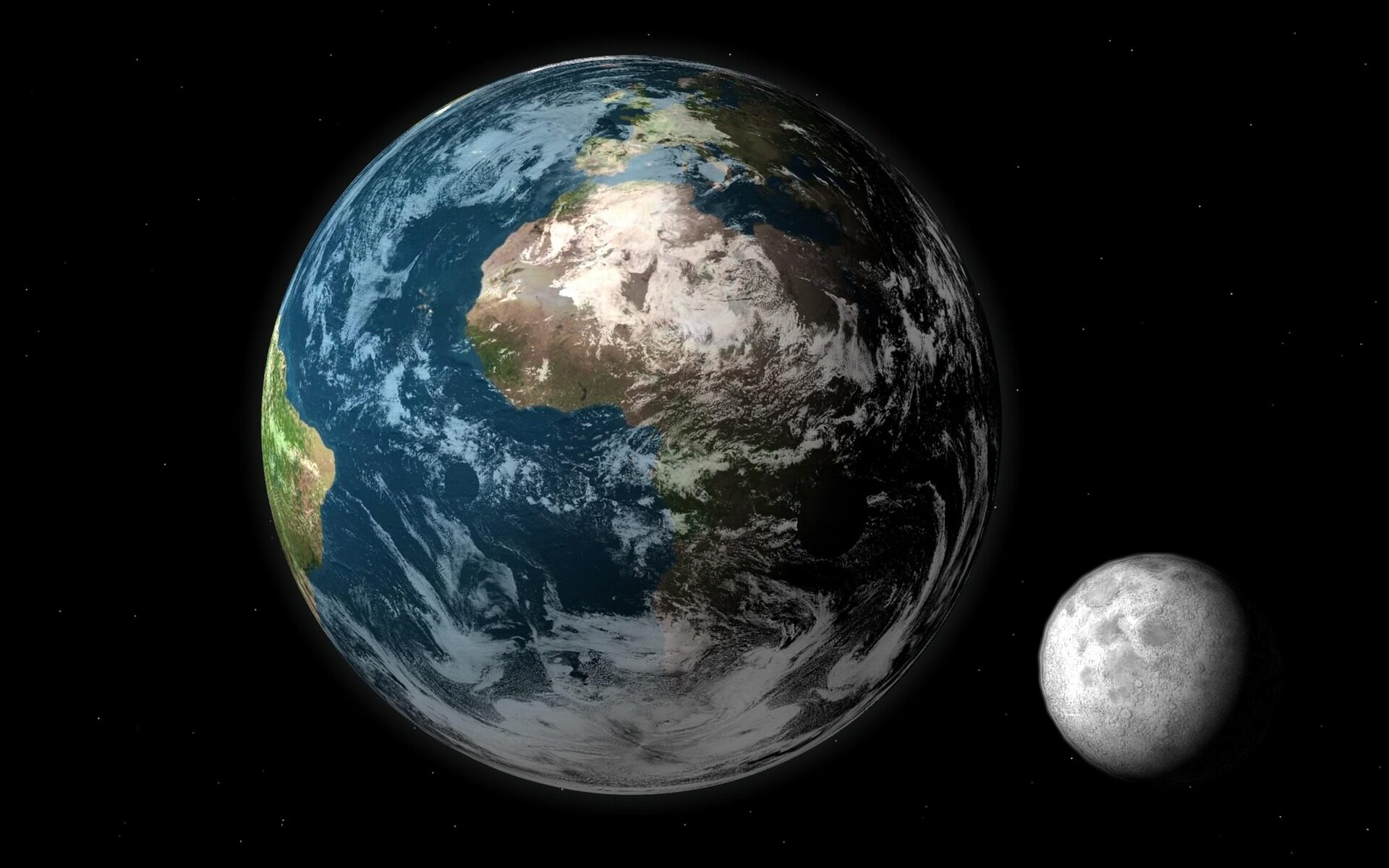
La Ocultación en Astronomía

